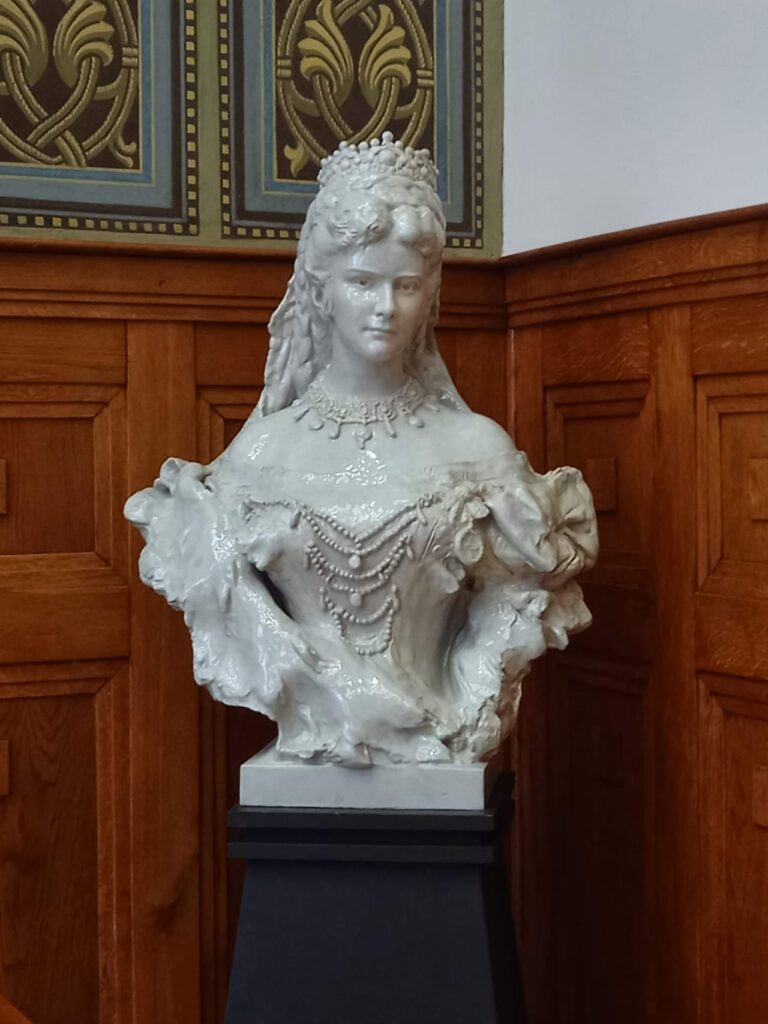Although Pécs in southern Hungary had boasted the title of the first Hungarian university city since 1367, the law school where Ferenc Mádl enrolled in 1951 was much younger. The Royal Hungarian Elizabeth University of Pozsony opened its doors in 1914 in the city of Pozsony in Upper Hungary (today: Bratislava, Slovakia), but territorial changes at the end of the World War I forced it to flee there.
In 1923, the southern city, always proud of its university traditions, “humbly welcomed the stateless and destitute University of Pozsony”. By the time Ferenc Mádl arrived in Pécs (at the early 1950s), the university had already become officially and nominally the University of Pécs. In the course of time, only one faculty remained, the Law School, but (during the Rakosi regime) even there the replacement of the teaching staff and the rewriting of the curriculum had begun.
Ferenc Mádl, who continued to be an excellent student at the university, soon attracted attention with a seminar paper, an extended version of which he entered the Faculty’s law competition in the spring of 1953.
After winning first prize – the only second-year student to do so – he was expected to become involved in political work, but he firmly refused.
Although he was one of the best students in the faculty – or rather, in the one-faculty university – the air immediately froze around Mádl. He felt he had to move on or risk losing his degree.


